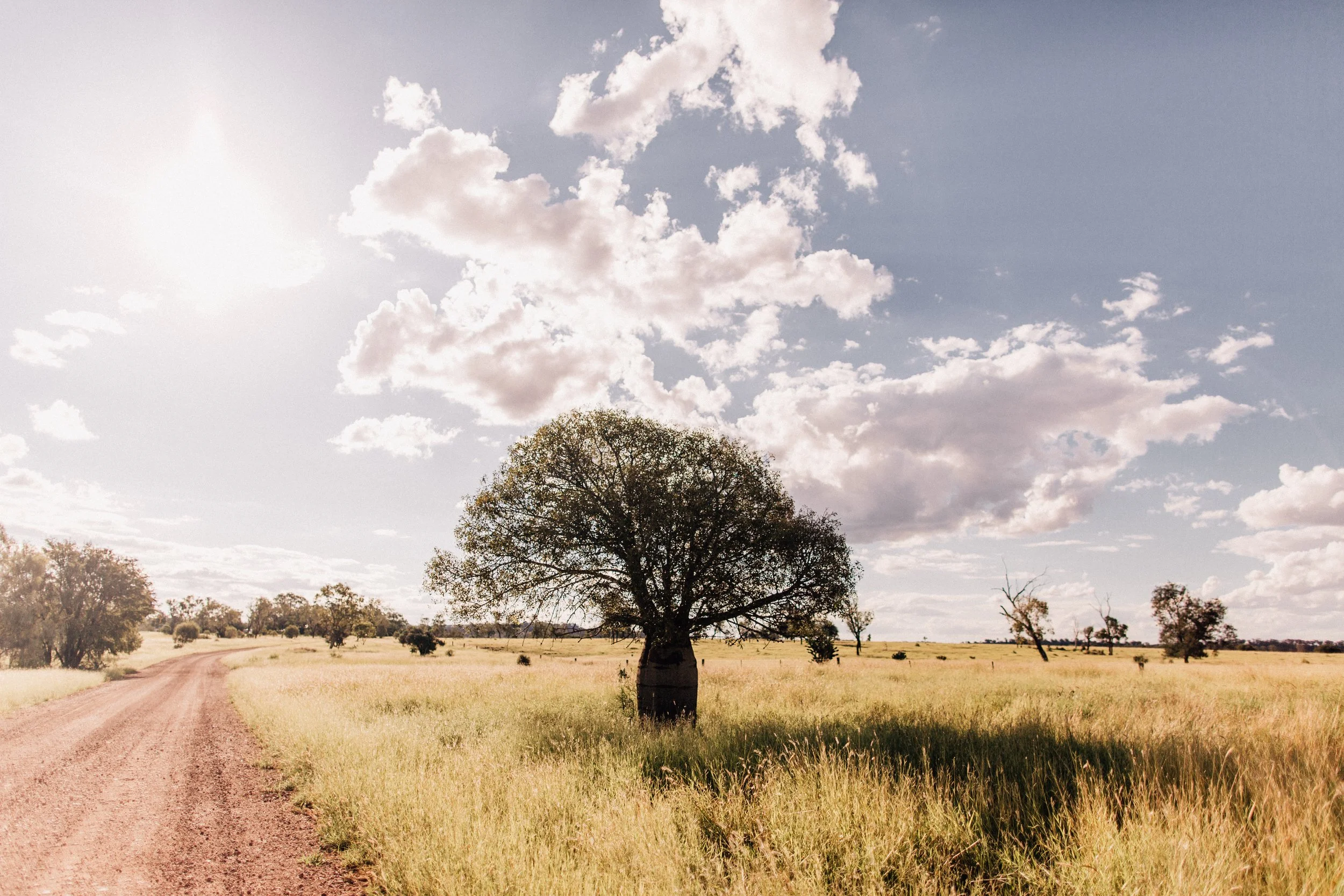Agriculture’s Role in Climate Resilience
Article by Sam Duncan
In the wake of a relentless deluge, an unsettling sight unfolded: a torrent of brown mud and raw sewage surged down the road, a grim tableau of nature’s fury. Observing from outside our compound in South Sudan, I considered our safety from the floodwaters, but realised quickly the advance of the brown river into our neighbour’s property, situated a metre below road level, was in far greater danger than ours. It was then that my sergeant suggested deploying sandbags to construct a makeshift levee, a last ditch effort to shield our neighbour’s mud huts from the perilous mix of sewage and debris cascading down the street.
Thirty minutes of labour culminated in a small 20-metre wall of sandbags that lined the frontage of our neighbour’s property. Not significant, but good enough to spare our neighbours mud huts from the impending catastrophe. As I returned to our compound, the realisation hit home: a town like Juba, the fledgling capital of a nascent nation in 2012, underscored the profound connection between climate, environment, and human livelihoods.
These events transpired in a time when climate change was still a distant reality, well before the 2019-2022 droughts, floods, and fires in Australia, the devastating floods that have just engulfed Europe and North Africa, and the raging wildfires that recently swept through Canada. My return to Australia later that year brought forth a stark realisation: the developing world, home to billions, would bear the brunt of climate change’s most severe impacts. It was then that I began a new mission, exploring avenues for mitigating its consequences. This led me down an unexpected ally: agriculture.
While agriculture has often been deemed a perpetrator of global warming, a less emotional investigation reveals it’s probably one of the few unexpected solutions that we can access at scale. Sustainable land management practices, encompassing soil and native vegetation, wield a potent lever for sequestering the carbon dioxide that has accumulated over centuries. Beyond its ecological merits, this approach offers economic benefits too. Enhancing soil carbon can provide farmers with increased crop yields, diminished reliance on synthetic fertilisers, and improved health to both livestock and humans.
In fact Australia – with its vast landmass and relatively modest population – occupies a pivotal, albeit underappreciated, role in the realm of nature-based climate solutions. The average land size per Australian farmer, approximately 4000 hectares, dwarfs the European and North American average of a mere 200 hectares. According to a 2020 study from the University of Sydney, Australia has the potential to sequester a staggering 546 million tonnes of carbon annually—more than the nation’s entire annual emissions.
So, what steps can consumers, producers, and those within the agricultural supply chain take to effect positive change? On the consumer front, the key lies in provenance. Consumers possess the power to influence the course of agriculture’s climate impact by choosing products with transparent sourcing and sustainable practices. At the other end of the supply chain, farmers can actively collect and share environmental data, fostering a culture of sustainability. A few of the pioneering initiatives we’re helping farmers work with in FarmLab include Accounting for Nature, the Federal Government’s Clean Energy Regulator, and the extensive network of local Landcare farming groups, providing essential guidance and support to farmers in every region.
While many readers may find themselves geographically distant from the struggles faced by the people of South Sudan, Libya, and countless other nations profoundly affected by the relentless march of climate change, it is crucial to recognise that the choices made today hold the power to effect real change and ripple across the globe.
If you’re interested in seeing more of our work - we hope you’ll consider subscribing to our physical paper here.


